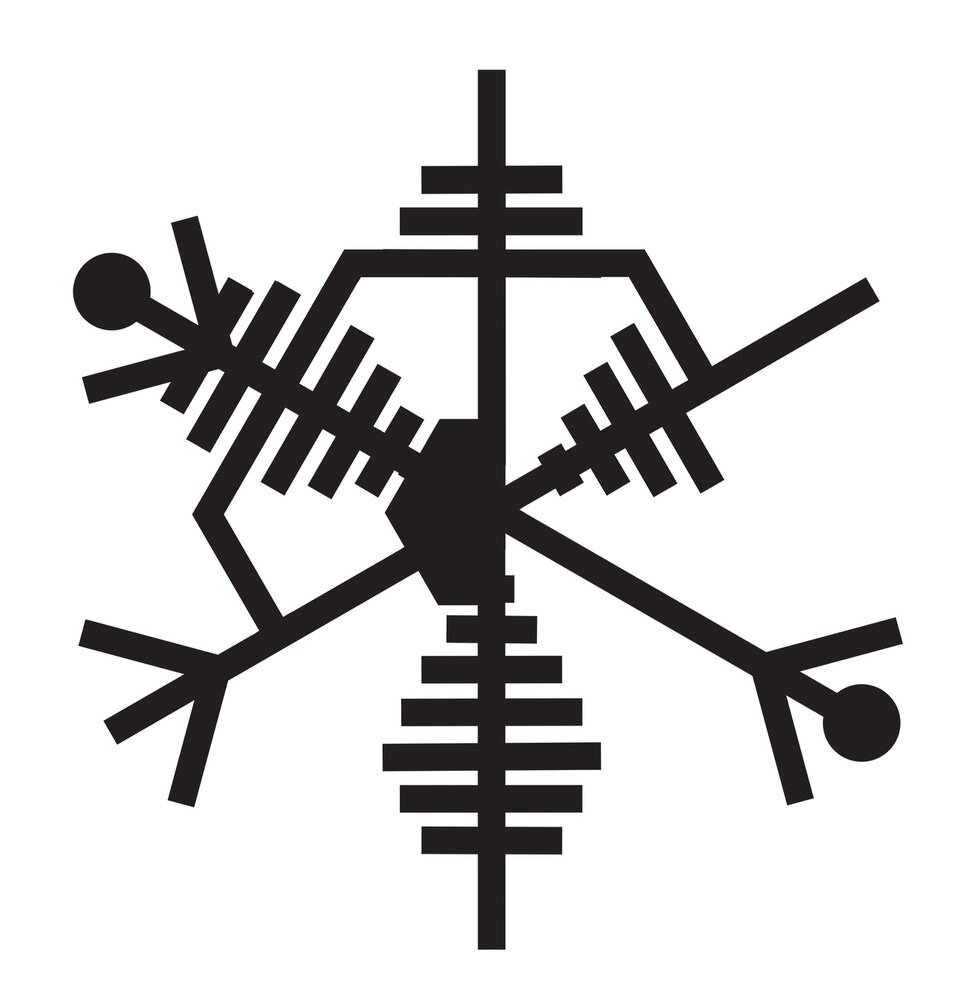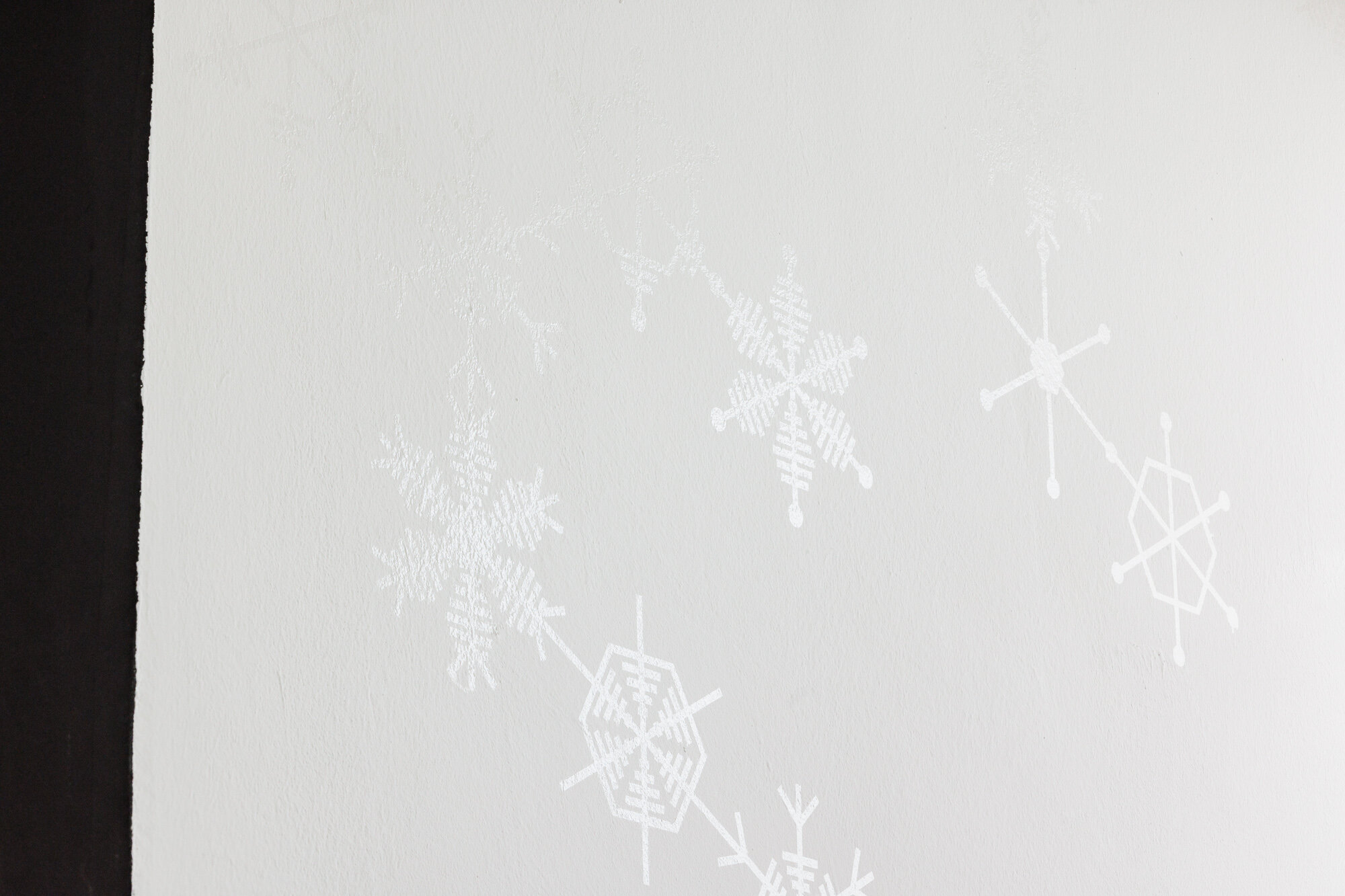Noah Barker

Noah Barker, SFS _ GA22, 2023
five channel video
Courtesy the artist and Fanta-MLN, Milan

Noah Barker’s work explores different forms of obsolete technologies, spatial economies, and the transfer of linguistic into visual systems. An example of a tool or strategy from his artistic toolbox is the translation of Morse code into the light systems in exhibition spaces. Each light is a letter in Morse code, with periods communicated by single strips and hyphens by two strips from a pattern book (the kind used by designers that contains all the possible colors from a spectrum of printing techniques or mixtures of wall paints or varnishes), so that none of the colors is repeated. This work is like an adaptable stage set. The lights can be spread around a number of rooms and not all of them must be used. The color strips on the lamps are the ornament of an apparatus of attention: a universal lighting in the specific unspecific sanitized white cube of modernism. They do not really disturb the white of the light.
Barker here develops a game with forms of attention, and attempts to lay critical frames around the structures of the institution. His interventions lie in his interest in making beholders aware of systems that are otherwise seen as only marginal to the presentation of art, or that just stand in the background. He always works with a certain degree of nonchalance, inserting his works cautiously into the context of the exhibition venue. These works do not aim to interrupt given processes or to intervene in them, and they rather adapt to the existing system.
For HALLE FÜR KUNST Steiermark Barker has developed a new two-part work that draws on earlier works by this US-American artist. During the museum opening hours a wall painting can be viewed in the two stairwells, linking the two levels of exhibition galleries with each other. In a specific reaction to this space, the artist has used stencils to paint snowflakes onto the white walls. There is a total of 50 individual shapes of these snowflakes, which are all compiled as a combination of six basic forms. Their grouping is thus a combination of individual forms, a network of forms, and a system of signs.
When the exhibition is closed, the 50 individual forms are visible from the outside of the museum on the 5 screens in the foyer. In this animation the individual forms are edited to follow each other, thus leading to a further group formation whereby the beholders see an in-between moment with the forms in comparison to each other.
The positioning of these two works also reflects the artist’s interest in intermediary spaces within an institution. Stairwells are not normally used for exhibition displays and usually only serve to create connections between spaces. Barker is not aiming to cross borders or to undermine the mechanisms of the institution, but rather to use his works to point out these spaces that serve as joints and hinges, and to temporarily empower them within the whole architectural system.
SFS_GM_22, 2023
Wall painting, clear gloss lacquer
Variable dimension
Courtesy the artist; Fanta-MLN, Milan
SFS_GA_22, 2023
Five-channel video
0:23 min.
Courtesy the artist; Fanta-MLN, Milan
Noah Barker
Solo (et al.): Alienze, Vienna (2021), Löwengasse, Köln (2021), Fanta-MLN, Milan (2019), Lodos, Mexico City (2019), Air de Paris, Paris (2018), Éclair, Berlin (2017), And Now, Dallas (2016), First Continent, Baltimore (2015); Shows (et al.): Fluentum, Berlin (2022), Fanta, Milan (2022, 2018), MACRO, Museum of Contemporarty Art of Rome, Rom (2021), Air de Paris (2019), Fanta-MLN, Milan (2019), Lodos, Mexico City (2019), Galerie Nathalie Halgand, Vienna (2018), Meyer Kainer, Vienna (2017), Simon Lee, New York (2017), Seventeen, London (2016), Okayama, Japan (2016), James Kelly, Chicago (2016), Exo Exo, Paris (2016), Dark Arts International, Mexico City (2015)